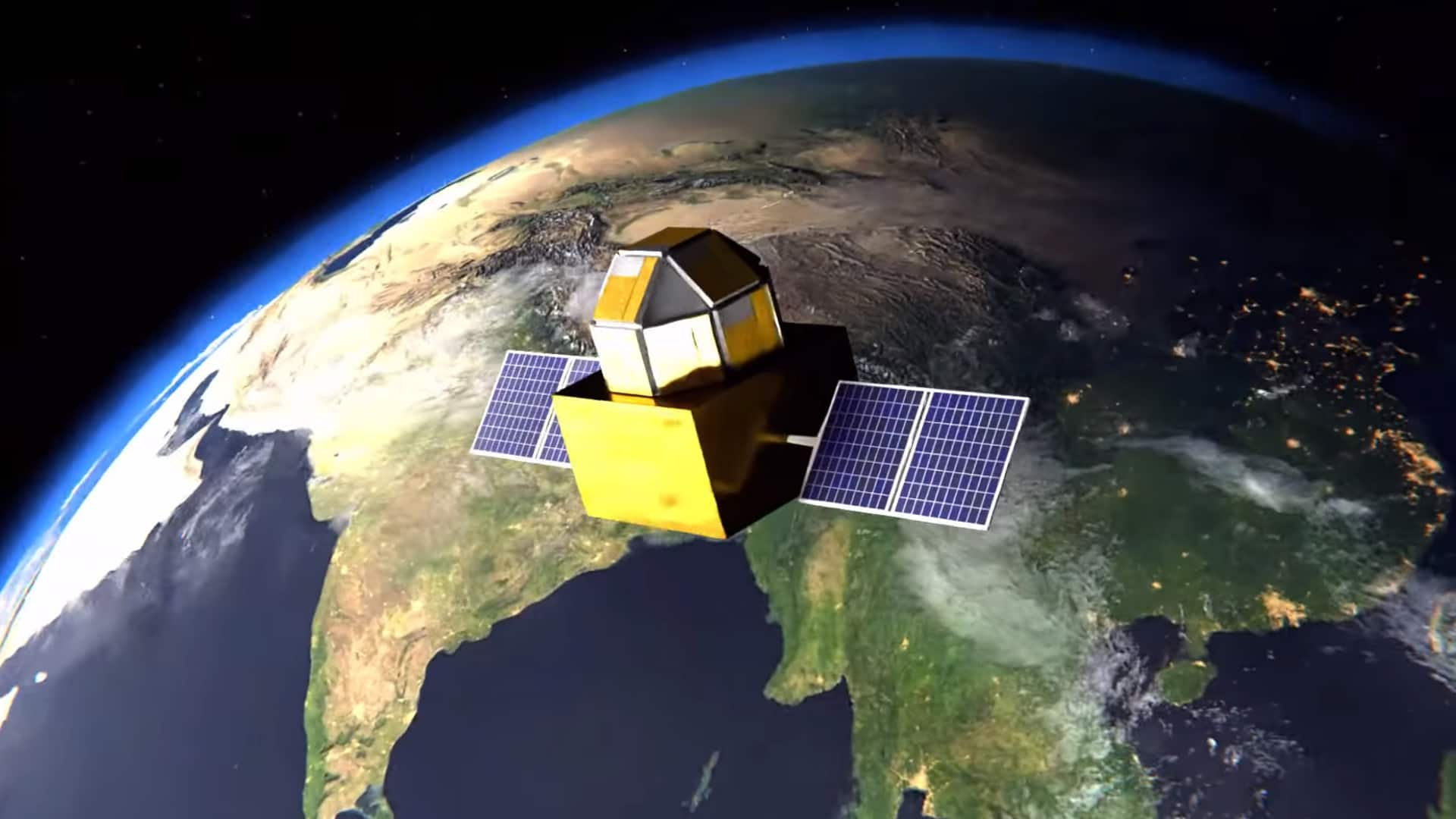
How IIT Bombay's 'Daksha' mission will make India deep-space leader
What's the story
IIT Bombay is set to launch an ambitious project named "Daksha," which aims to put India on the map of deep space exploration. The mission will include two satellites fitted with some of the most advanced space telescopes in existence. These telescopes will be capable of observing 1.81 million cubic megaparsecs of space, nearly five times more than NASA's Fermi Gamma Ray Telescope can cover.
Project leadership
Team behind project
The Daksha project is headed by Professor Varun Bhalerao of IIT Bombay's Physics Department. It is a joint effort with some of India's top scientific institutions, including the Tata Institute of Fundamental Research (TIFR), Raman Research Institute (RRI), Physical Research Laboratory (PRL), and Inter University Centre for Astronomy and Astrophysics (IUCAA). The project was first proposed in 2018 when the Indian Space Research Organization (ISRO) invited new space mission proposals.
Research focus
Mission's aim and student involvement
The Daksha mission will primarily study gamma ray bursts from black holes and neutron stars. This research could unlock key secrets about the universe's origins and evolution. The Space Technology and Research (STAR) Lab at IIT Bombay has been instrumental in this project, encouraging innovation through hands-on lab access and mentorship for students. Many students have dedicated their time to the project, even working during holidays.
Funding status
ISRO's role in the project
ISRO has been supporting the Daksha mission with seed funding since its inception. By December 2022, the project had cleared all technical requirements for launch. However, it is still awaiting full financial and policy approval. Once launched, these advanced telescopes will help India take a giant leap in space research, combining cutting-edge technology with homegrown talent to explore new frontiers in the cosmos.